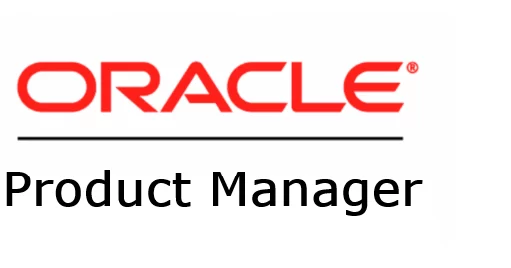Webinar Highlight Virtual Classroom #26: Upgrade to Oracle AI Database 26ai – Best Practices and Customer Experience SlidesQ&A Slides – Upgrade to Oracle AI Database 26ai Webinars / Videos – Virtual Classroom Seminars YouTube – PlaylistShort VideosWebinars list + Slides + Videos – Mike’s blogWebinars List + Slides + Videos – Daniel’s blog Oracle AI Database 26ai:…
CPAT New Features (December-2025) – Cloud Premigration Advisor Tool – Version 25.11.0
We’re excited to share that CPAT version 25.11.0 is now available as of December 2025. If you’re not familiar with the tool, you’ll find links at the end of this post to previous articles containing everything you need to know. HTML reports can now be packaged with all required dependencies, allowing them to function without…
From Oracle Database 19c Standard Edition to Oracle AI Database 26ai Enterprise Edition
After publishing my post about Moving Databases to Exascale 26ai, I received an interesting question: “Can I use the same technique if my source database is running a 19c Standard Edition?” Checking the documentation, we can see this option: In short, this means you can use this technique to move/upgrade a 19c Standard Edition database…
Moving Older Oracle XE Versions to Oracle AI Database Free 26ai – Is it possible?
If you check the Oracle Database Free FAQ, you’ll see that patches and upgrades are not supported. The recommended approach is to move to a newer version by performing an export and import. But I might have something you can try — at your own risk. This week, I received a question about moving a…
Migrating to Exascale and Upgrading to Oracle AI Database 26ai using AutoUpgrade
I get this question very often, so I decided to write a blog post about it: “How can I migrate my Oracle Database to Exascale with minimal downtime and a reliable fallback option?” And my answer is Refreshable Clone PDBs and AutoUpgrade. Before we begin, let me clarify a few things. If you prefer to…
Oracle AI World 2025: Your Essential Guide to Upgrades, Migrations & Patching
Oracle OpenWorld has evolved into Oracle CloudWorld, and this year it’s been rebranded as Oracle AI World. Alongside product managers, engineers, and database experts, we’re eager to meet you there—to talk real challenges, roadmaps, and solutions around upgrades, migrations, and patching. Bring your toughest questions, share your war stories, and let us know where the…
CPAT New Features (September-2025) – Cloud Premigration Advisor Tool – Version 25.9.0
We’re excited to share that CPAT version 25.9.0 is now available as of September 2025. If you’re not familiar with the tool, you’ll find links at the end of this post to previous articles containing everything you need to know. My favorite new feature in this version is the ability to filter data directly within…
LAOUC Community Tour 2025
Last week, I had the honor of speaking at the northern stop of the LAOUC Community Tour 2025.The last time I participated in these countries was back in 2016—nine years ago—when I was an ACE Director. All the events took place at universities, and it was truly inspiring to see so many students eager to…
CPAT – How to Use a Parameter File
As I mentioned in my previous post about CPAT enhancements, we have extended the existing CPAT functionality to support the use of a parameter file.For example, if you have many databases to analyze, or if you prefer not to list all the options directly on the command line, using a parameter file becomes especially useful….
CPAT New Features (June-2025) – Cloud Premigration Advisor Tool
We’re excited to announce the release of CPAT version 25.6.0, available since June 17, 2025. This update introduces powerful new features designed to enhance your migration experience and reinforces CPAT’s commitment to simplifying and streamlining cloud migrations through comprehensive reporting and flexible execution modes. My favorite addition is the option: This option was created to…

